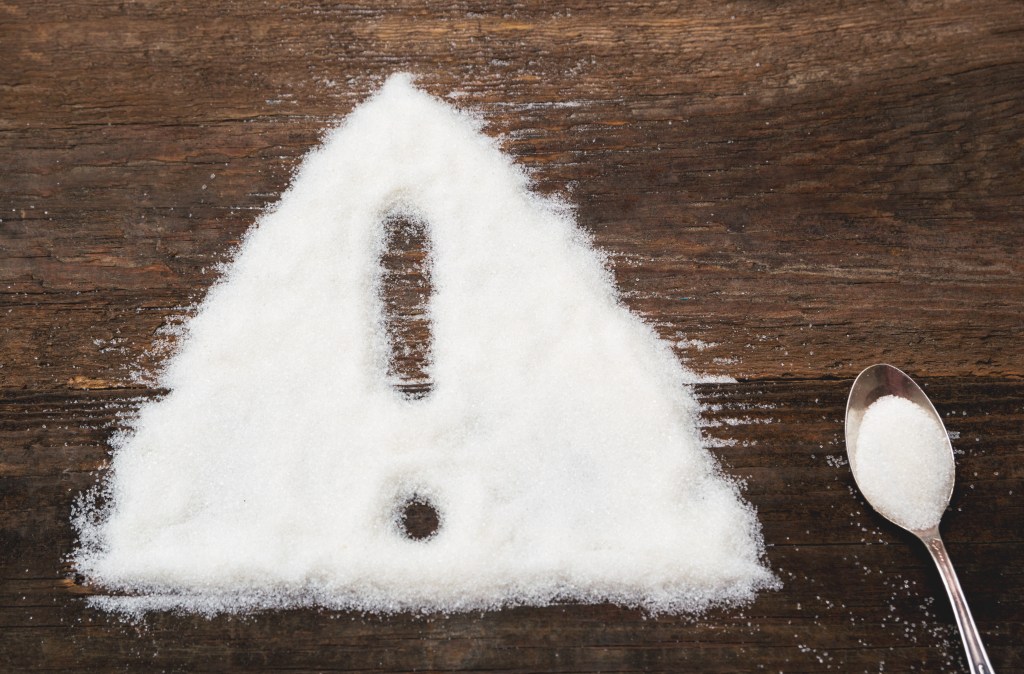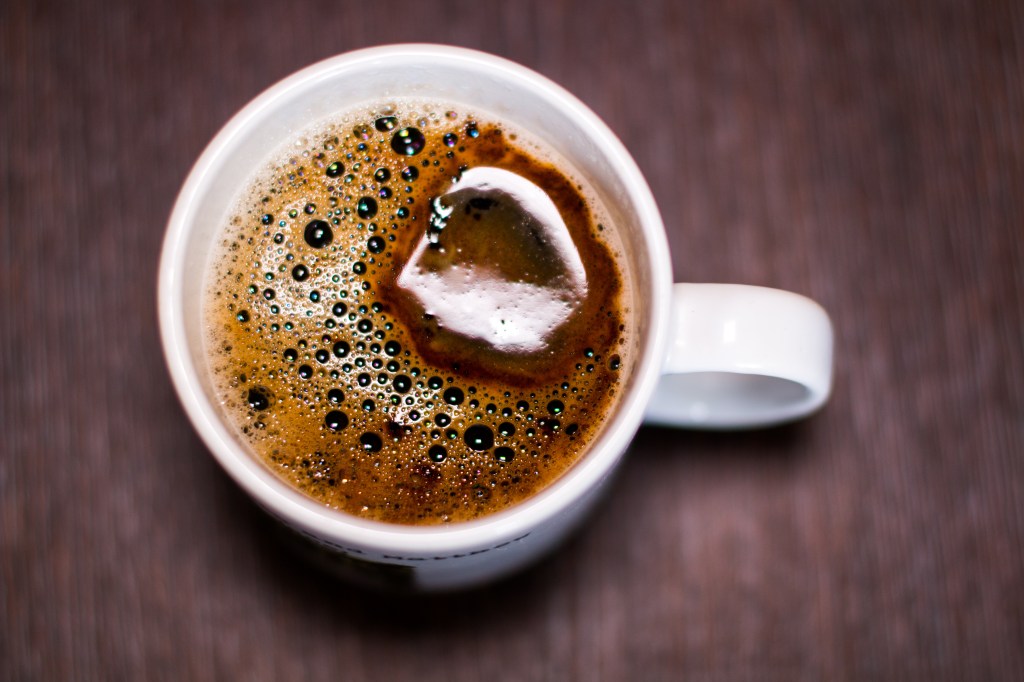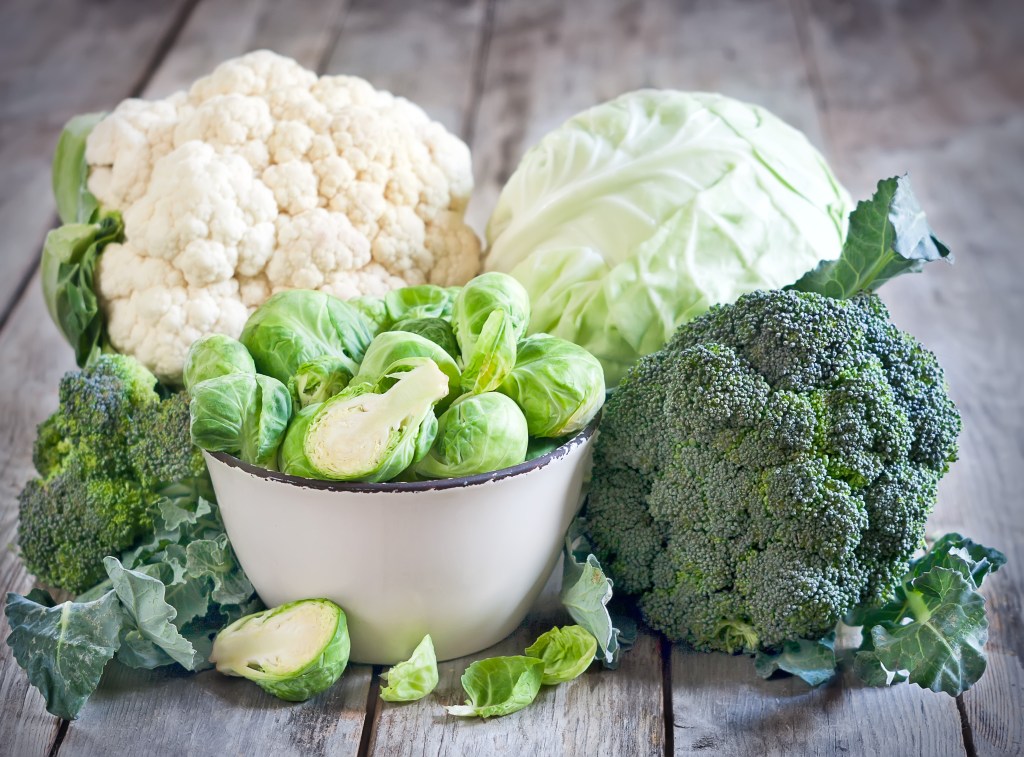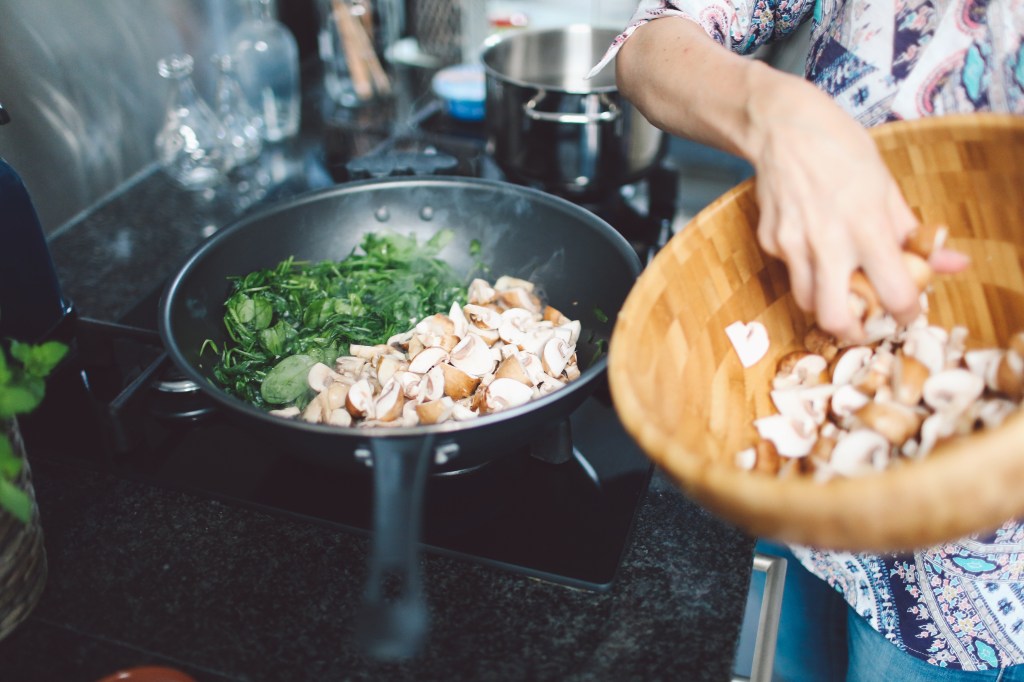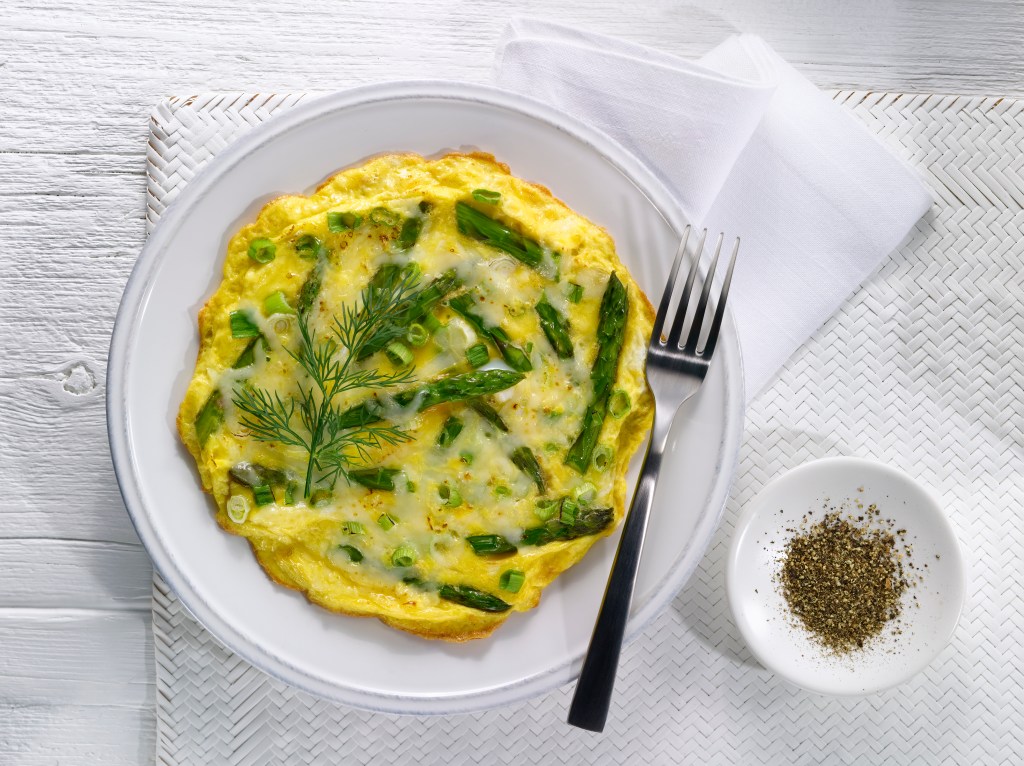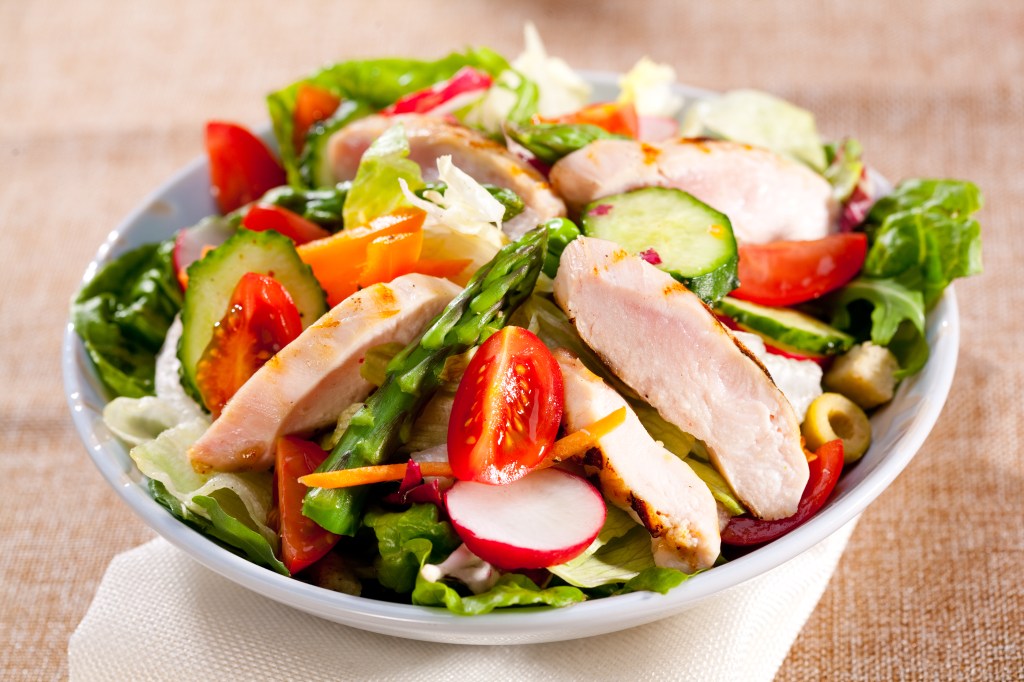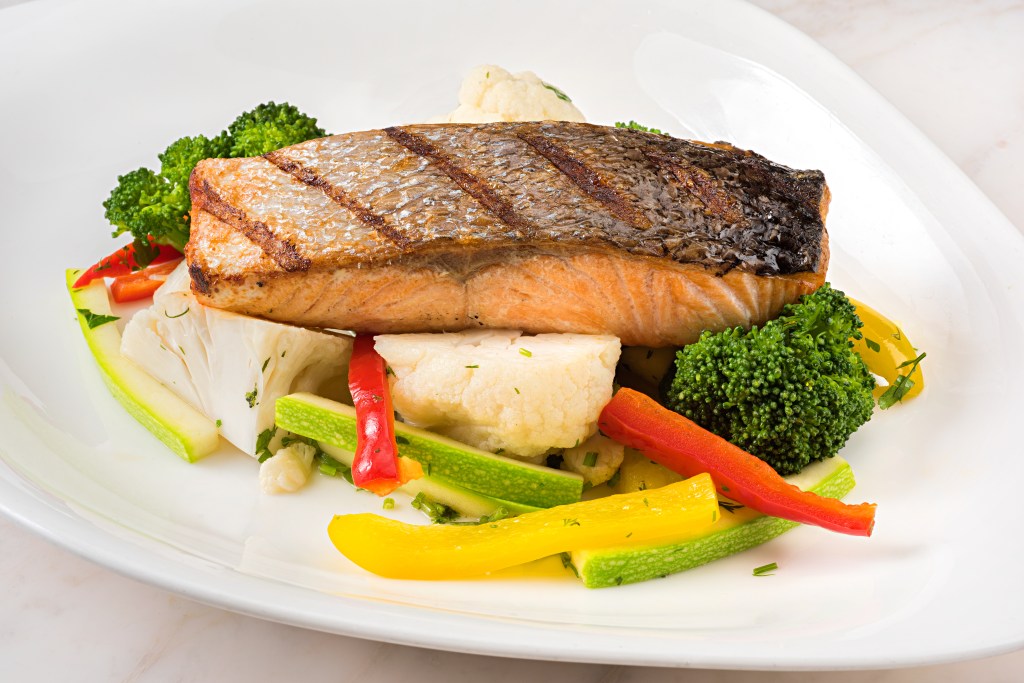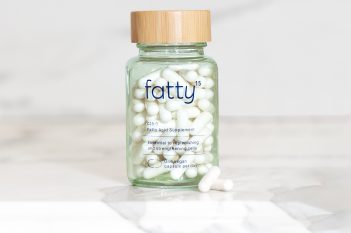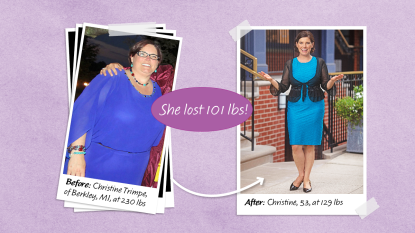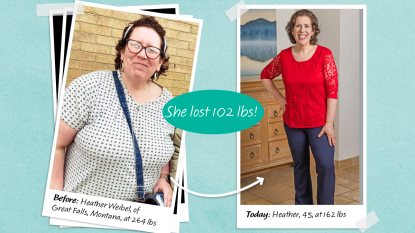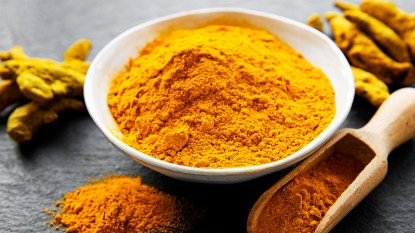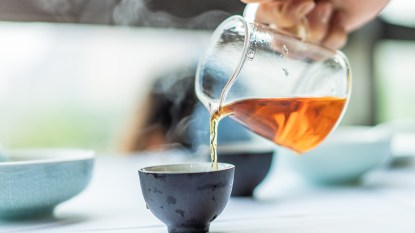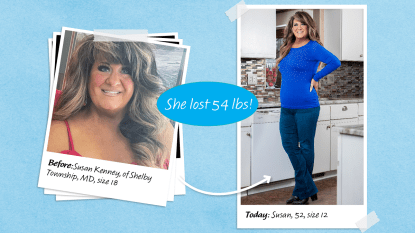Could Hidden Mold be Making You Gain Weight?
Women who struggle with weight gain sometimes wonder: “If I’m eating the same way as (if not better than) my grandmother did, and she was always slim, why is it so hard for me to drop pounds?” According to Fred Pescatore, MD, author of The A-List Diet: Lose up to 15 Pounds and Look and Feel Younger in Just 2 Weeks ($18.00, Amazon), there’s actually a simple answer: Modern farming methods have dramatically changed the foundational structure of the foods we eat today, and that has a significant impact on the body’s tendency to hoard and burn fat.
A key difference: Levels of mycotoxins — harmful compounds produced by mold — have soared in the food supply. Indeed, University of Idaho scientists, who analyzed nearly 500 breakfast cereal samples, found that 70 percent of oat-based brands tested positive for mycotoxin contamination. This is thanks, in part, to the application of herbicides such as glyphosate (the active ingredient in Roundup), which have been widely and increasingly used in US agriculture since 1991. Studies conducted at Texas A&M University and elsewhere reveal that glyphosate triggers changes in soil microbes that give mold an opportunity to spike. And researchers at the University of Missouri at Columbia, found that levels of fusarium, a mold that contaminates crops such as corn, soy, and wheat, increased up to fivefold in plants treated with glyphosate. “You can think of it as the soil equivalent of taking antibiotics — you’re getting rid of the good bugs that keep mold in check,” explains Dr. Pescatore. “This allows mold and mycotoxins to thrive in the food supply.”
Mycotoxins trap women in a no-win cycle of fat storage and weight gain. Animal studies conducted at Cornell University show that mycotoxins attack the liver, damaging cells, and impeding the organ’s detoxifying ability. “This causes a toxic backlog that has to go somewhere, and one of the places the body stores toxins is fat cells,” asserts Pescatore. What’s more, animal studies reveal that mycotoxins foster fat storage in the liver itself. As a result, detoxification continues to falter and stubborn pounds increase. (Click through to learn more about the neurological symptoms of mold exposure.)
Adding to this burden: Mycotoxins trigger a cascade of hormonal changes that pack on pounds.
“Studies show mycotoxins bind to estrogen receptors so the hormone can’t be properly metabolized,” notes Pescatore. “As a result, it builds up in the body, creating an estrogen excess that instructs the body to store more fat.” These toxins also wreak havoc on other weight-regulating hormones: According to Jill Carnahan, MD, who specializes in treating mold-related illnesses, mycotoxins are a major cause of resistance to leptin, a hormone that’s crucial for fat burning. “With leptin resistance, women can practically stop eating and still gain weight because they’ve lost their ability to burn fat,” she asserts. Leptin, she says, is also an appetite-dampening hormone, and resistance means brain cells can’t receive its “I’m full” signals. As a result, women struggle with constant hunger, mood swings and low energy.
Fortunately, it’s easy to melt away those won’t budge pounds. The fix, according to experts, is eliminating the top sources of mold and mycotoxins. Instead, you’ll focus on fresh fare that’s packed with nutrients proven to stimulate body-wide cellular repair, correcting liver damage, and restoring the organ’s slimming abilities. And by pairing the eating plan with other simple strategies to outsmart mycotoxins, you’ll do more than lift the lockdown on weight loss — you’ll drop pounds without feeling deprived!
“Once women reduce their exposure to mold toxins, most can’t believe how much more energetic they feel,” says Pescatore. Indeed, military wife Misti St. Pierre, 38, who lost 68 pounds, says a mold-limiting diet cured her painful psoriasis. “I used to be in tears all the time about my skin,” she admits. “When I noticed my skin had cleared up, I was so happy that I started dancing around the room!”
This story originally appeared in our print magazine.
We write about products we think our readers will like. If you buy them, we get a small share of the revenue from the supplier.



